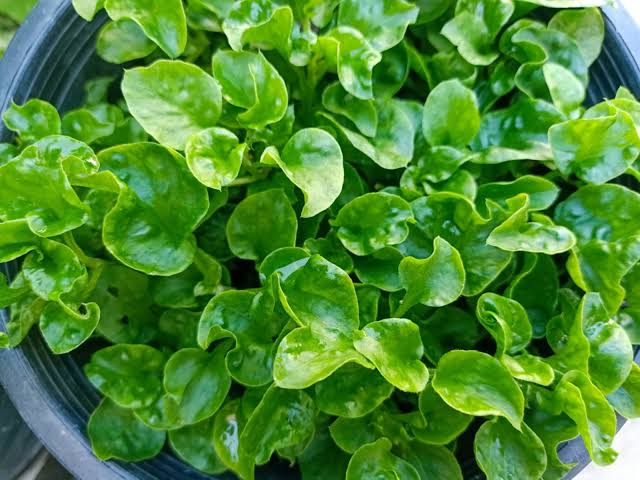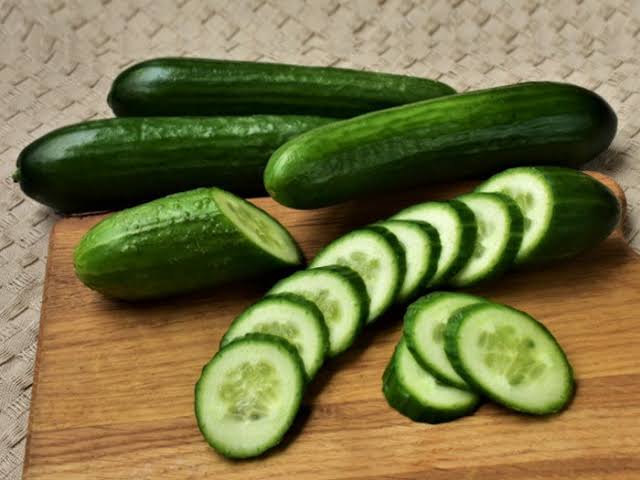The lowest calorie vegetables require more energy to digest than the actual energy they produce for our bodies. They are generally referred to as near-zero calorie vegetables. Vegetables are essential in any balanced diet. This is because they contain the necessary vitamins and minerals our bodies need to be healthy and strong. However, robust cooking methods such as boiling usually destroy these vitamins. The best way to prepare the lowest calorie vegetables while preserving their vitamin content is by either steaming them or eating them raw.
Lowest calorie vegetables in losing weight
Table of Contents
For those who would like to lose weight or have an incredible physique, low-calorie vegetables are just what you need. People usually have many reasons for losing weight. Some may want to have a great body, with the majority losing weight so as to prevent illnesses such as diabetes. Such diseases usually come about when we consume red meat and processed food more than the recommended level. This causes our bodies to store excessive fats, which make us prone to these diseases. The solution to this problem is found in the lowest calorie vegetables that we need to start consuming. This is because they contain a lot of fiber and ‘good’ protein that is essential to our bodies. They also provide us with the right amount of energy that our bodies need and not in excess.
Those who are on strict dietary plans need to include the lowest calorie vegetables in their meals. Research has shown that we need to be eating between two to two and a half cups of vegetables every day so as to be healthy. Vegetables contain nutrients that are necessary for our bodies. It also gives one the fill they need; hence, they cannot feel hungry easily. Vegetables have very little or no sodium, sugars, and cholesterol. Eating them will boost our immunity against diseases such as heart complications.
How exactly do the lowest calorie vegetables help in reducing weight?
The common culprits of excess weight gain are sugars, sodium, and saturated fats. However, when we consume the lowest calorie vegetables- which do not have these compounds- we save ourselves from gaining excess weight. These vegetables also have antioxidants which research has proven that they help in slowing down aging. The phytonutrients and antioxidants found in these vegetables are essential for our bodies. These vegetables also contain a lot of fiber. This means that our bodies use up more energy to digest them when compared to the amount of energy they provide to us. Hence, they provide us just the right amount of energy that we need. Since they are also rich in fibers, they take a long to be digested thus, protecting us from feeling hungry easily.
Top 8 of the lowest calorie vegetables

Watercress is among the lowest calorie vegetables.
This vegetable tops our list because it has the lowest amount of calories, 11 calories per 100 grams. Watercress contains vital nutrients and carotenoids, including beta-carotene. They are important in eye maintenance and preserving our skin. Research has proven that when we eat watercress daily, beta-carotene and plasma lutein levels increase by 33% and 100%, respectively. Watercress also contains an abundance of vitamins and other nutrients. They include vitamin A, vitamin C, vitamin E, calcium, folate, and iron. It also has several phytochemicals such as lutein, glucosinolates, hydroxycinnamic acids, and flavonoids.
Celery

Second on our list is celery which contains 14 calories per 100 grams. It is usually best that you consume vegetables wholly rather than blending them. This will enable you to consume the majority of the minerals and vitamins contained in the vegetable. Celery has an abundance of antioxidants. They protect our blood cells, vessels, and tissues against oxidative complications. This vegetable also has compounds that protect us from inflammatory damages. Celery also enhances digestion and also regulates blood sugar levels since it has very little sodium.
Cucumber: One of the most preferred lowest calorie vegetables.

Cucumbers have 15 calories per 100 grams. It is rich in vitamin K, which is important in the blood clotting process. It also boosts bone health. This vegetable has cucurbitacin nutrients which are believed to aid in curbing carcinogenic cells from multiplying. It also contains a lot of fiber which reduces cholesterol in our bodies and aid in the prevention of heart complications. These compounds help in reducing blood sugar levels and also prevent excess glucose buildup in our bodies.
Lettuce
It contains 15 calories per 100 grams. Lettuce has an abundance of vitamin C, iron, fiber, and folate. It also has bioactive compounds, which are important in preventing inflammation, diabetes and reducing cholesterol levels in our bodies.
Radishes
Radishes contain 16 calories per 100 grams. It contains vital compounds such as niacin, folate, manganese, calcium, thiamine, vitamin C, vitamin B6, iron, and riboflavin. Antioxidants are also present in this vegetable and are important in reducing hypertension and heart-related illnesses. The natural nitrates present also boost blood circulation, helping the liver and kidneys to carry out detoxification with ease.
Tomato
Tomatoes usually have 18 calories per 100 grams. Researchers believe that eating tomatoes daily prevents the development of tumors. They also regulate blood pressure and also boost lipids, blood sugar, and insulin levels for people who are suffering from type II diabetes. It is also believed to improve sightedness.
Pumpkin

Pumpkin contains 20 calories per 100 grams. This small amount of calories can be attributed to the fact that 94% of a pumpkin’s composition is usually water. It contains high amounts of beta-carotene that our body converts to vitamin A. The pumpkin also has various antioxidants, including beta-cryptoxanthin and alpha-carotene, which are useful in canceling out free radicals in our body.
Spinach
This vegetable contains 23 calories per 100 grams. It contains high amounts of iron, calcium, magnesium, fiber, and potassium. Spinach is very useful in reducing the amount of excess glucose in our bodies. It also prevents oxidative damage, boosts insulin levels, and also minimizes the risk of bone fracture.
The above vegetables are classified under the lowest calorie vegetables, which means that they have zero to negative calories contents. They also have a lot of fiber which means that they consume more energy when being digested when compared to the amount of energy they give. These vegetables have many essential nutrients which are vital for the growth and prosperity of our health.

